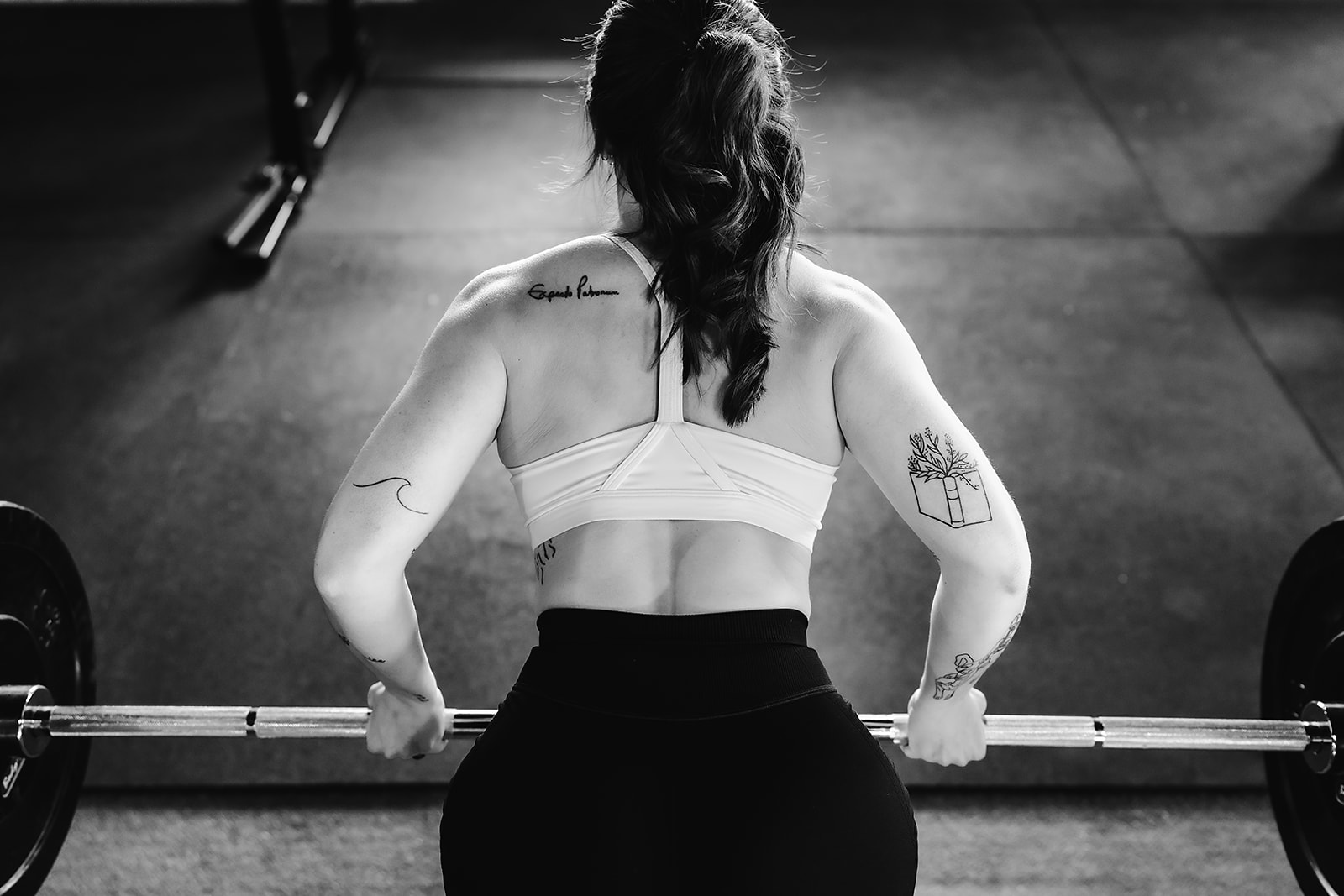Is it possible to build muscle and lose body fat at same time? Short answer – yes, but it’s tricky and neither will be optimal. This article shares how to build muscle, how to lose fat, and what exactly needs to be on point for both to happen simultaneously.
What Is Hypertrophy Or Build Mode?
Hypertrophy or build mode means your training focuses on building muscles. In order to grow tissue (more muscle) on your body, you need the energy to do so. To get this energy, you need to be eating at a caloric surplus so you can build lean tissue.
Most people go about achieving the body composition they’re looking for in all of the wrong ways – cutting calories and adding in a lot of cardio. You will not see results doing this, plain and simple. You have to build muscle, and building muscle takes a very long time and requires patience.
Setting SMART Fitness Goals
It’s important to set goals that make sense. That’s why you should be SMART about your fitness goals.
SMART is an acronym for goals that are:
- Specific.
- Measurable.
- Attainable.
- Relevant.
- Time-bound.
Let’s relate training SMART to building muscle. A SMART fitness goal for building muscle might look like adding 300 calories per day above maintenance and performing three full body workouts per week that focus on compound movements. You will do this for 3-4 months.
The best SMART goal for muscle growth is to work with a coach who can help you set up goals that make sense and leave you feeling accomplished, versus setting unrealistic goals that are unattainable. And remember, just because your favorite fitness influencer is doing something or hitting certain goals and looks a certain way, it doesn’t mean it’s a good goal for YOU personally.
Where You Are In The Process
The biggest hurdle to tackle when building muscle is the mental aspect. It’s hard to start feeling your clothes fitting tighter, eating more calories in general, and seeing the weight on the scale go up. However, if you start eating more calories and you are properly strength training (meaning your program consistently has some type of progressive overload), the weight you’re gaining is muscle. If you continuously add calories, there will be some inevitable fat gain, but that is going to be minimal compared to the muscle you will gain if you have all of the right factors in check.
If you aren’t telling your body to build the muscle, then the excess energy from more calorie intake (anywhere from 200-500 more calories on top of your maintenance calories) will be stored as body fat. Stay consistent and trust the process. Don’t try to mitigate the extra calories you’re eating by adding in a ton of cardio either. You have to trust your body. If you’re strength training hard and eating enough protein (protein calories are hard to turn into fat) and calories in general, you will build muscle and not put on a bunch of body fat.
If you’re pretty happy with where you’re at and just want to slowly add muscle and lose body fat, stay with the same maintenance calories and build muscle in a slower manner.
Your results can also vary depending on where you are in the process as well as your training history (or lack of training history) and current fitness level.
Remember, everything is relative. If you are just starting your fitness journey, you’re going to see the most drastic results. Research on untrained individuals shows that they can actually achieve body recomposition at a faster rate than those that are already fit. This is because neuromuscular adaptations occur when someone begins training, which increases strength more quickly.
How To Really Lose Body Fat
If you’re trying to lose body fat, you have to be in a caloric deficit, period. You can do this by either cutting your calories or increasing your energy expenditure through movement, or both. Ideally, you want to start with cutting your calories while maintaining your optimal protein intake, so your body won’t pair down muscle and will fuel itself off fat stores instead. Another important note to touch on, is that your training should not change whether you are in build or cut mode. People think they should train higher reps when cutting because they think it will burn more calories. The same training principles should apply no matter what your current goal is. Losing body fat and/or building muscle comes down to whether you’re eating more calories than you’re burning or eating less calories than you’re burning. Strength training with progressive overload should always be a consistent factor. You can build muscle from 20 rep phases and you can lose body fat from 20 rep phases – what matters is your energy intake. However, it is important to note that if you are cutting calories, it might be harder to hit PRs, and train with a high intensity.
An example of adding/cutting calories as a woman might look like eating up to 2500 calories a day when building muscle, and dropping to 2000 calories to lose body fat. Because you’re still maintaining a good amount of daily calories at 2000, you could possibly be at a sweet spot of building muscle and losing body fat. The lowest a woman can cut (though it’s not suggested) is 1500 calories, and only for a short amount of time, like 4 weeks max. If 1500 calories is your maintenance intake, then you should think about reverse dieting.
How to Build Muscle and Burn Body Fat at the Same Time
It’s recommended that you stay in a building phase most of the year, or at least maintaining the muscles you have. This is because there are so many physical benefits to building muscle. For example, studies have shown that having more muscle leads to a longer life and avoiding injury.
In your training, try to aim for 10-30 sets per muscle group per week, and focus on compound lifts. Train at an intensity that will allow you to progress – RPE 8 is ideal and training to failure is not ideal. And, make sure your program is progressive. Remember, you can’t get stronger if you change your workout every single time.
Nutrition For Body Recomposition
Don’t under eat if body recomposition is your goal. However, if you want to build muscle while maintaining body fat, try a slight caloric deficit (less than a 300 calorie deficit). A meta analysis from 2021 that looked at 59 studies on body recomposition in untrained people showed that people were able to build muscle when a calorie deficit was small. But as soon as it surpassed a deficit of around 300 calories, muscle growth came to a halt and even began to decrease.
It’s also crucial to eat enough protein. A study from 2022 looked at 130 untrained older women, and the results suggest that protein intake is a moderating variable for body recomposition, with a low protein intake having a less favorable effect on body recomposition.
The importance of coupling progressive resistance training with nutrition cannot be stressed enough for body recomposition. A meta analysis from 2020 showed that progressive resistance training paired with evidence-based nutritional strategies are the 2 key factors in body recomposition, whether you’re trying to gain muscle or lose weight.
Recovery
Sleep and recovery are also keystones for body recomposition, specifically for losing fat. A study from 2020 on thirty untrained healthy men found that when performing resistance exercise for 10 weeks, all gained a similar amount of lean body mass. However, those that slept well reduced their fat mass significantly while the other group did not.
Final Thoughts of Body Recomposition
Body recomposition is science, it’s not about suffering and pushing your body over the edge. Make sure that you know your maintenance calories before trying to build, cut, or do both at once, and make sure you’re working with a trainer to create a science backed plan for you.
Also, changing your body in a sustainable way takes time, plain and simple. Be patient, keep with your routine, and get a decent amount of sleep.
Want to learn more? Listen to The Stronger Than Your Boyfriend Podcast: Episode 120 – Body Recomposition: Can You Build Muscle and Lose Body Fat at the Same Time?
Sources Cited:
Barakat, Christopher MS, ATC, CISSN1; Pearson, Jeremy MS1; Escalante, Guillermo DSc, MBA, ATC, CSCS, CISSN2; Campbell, Bill PhD, CSCS, FISSN3; De Souza, Eduardo O. PhD1. Body Recomposition: Can Trained Individuals Build Muscle and Lose Fat at the Same Time?. Strength and Conditioning Journal 42(5):p 7-21, October 2020. https://journals.lww.com/nscascj/fulltext/2020/10000/body_recomposition__can_trained_individuals_build.3.aspx
Chaise Murphy, Karsten Koehler. “Energy deficiency impairs resistance training gains in lean mass but not strength: A meta-analysis and meta-regression.” Scandinavian Journal of Science in Sports: Volume 32, Issue 1. https://onlinelibrary.wiley.com/doi/10.1111/sms.14075



